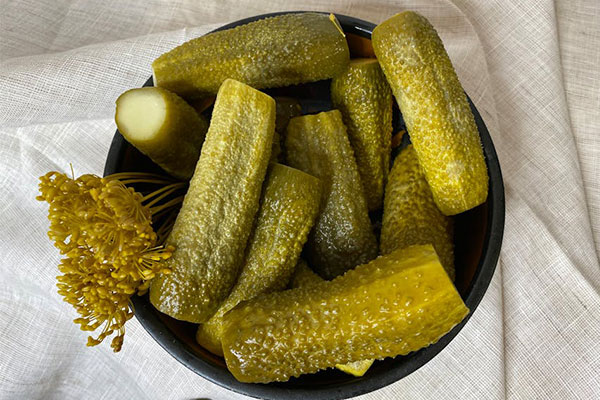The distinctive traditional Chinese grass-made vegetable has also a reputation in the international market due to its unique flavor and rich nutritional value. Especially in Japan, this distinctive grass-made vegetable has gradually won consumer favour. However, exporting grass to Japan is not just as easy as shipping products to another country, it involves complex regulatory compliance, compliance with safety standards and cultural differences.Exports to JapanThe conditions and specific processes required to be met, from regulators to regulatory standards, from pesticide residues to heavy metal pollutant limits, to JAS certification and labelling regulations, help you step by step decode the entry threshold in the Japanese market.

Role and Requirements of the Supervisory Authority
In the process of exporting strawberries to Japan, the main food safety regulators in Japan, including the Food Safety Commission (FSCJ), the Ministry of Healthy Labour (MHLW) and the Ministry of Agriculture and Forestry (MAFF), are the first to understand that these agencies ensure that all imported food meets domestic safety standards:
The Food Safety Commission (FSCJ)It is mainly responsible for assessing food safety risks and providing scientific advice to governments.
Ministry of Health and Labour (MHLW):Develop and implement food hygiene laws to monitor food additives, pesticide residues and microbial limitation standards.
Ministry of Agriculture and Forestry (MAFF)Responsible for import management of agricultural products, ensuring that imported food meets Japan’s agricultural standards.
Exporting enterprises must ensure that their products have met all the requirements of these agencies before export, in order to avoid being returned or destroyed as a result of non-compliance after arrival in Japan.
b) Compliance with regulatory regulations
Next, exporters need to understand and strictly comply with several key Japanese regulations to ensure that products can pass through customs and enter the market smoothly:
The Food Safety Law and the Food Health Law:These laws define health standards and safety requirements for foods, including the safety limits for microorganisms and chemicals that must be observed.
Public Protocol on Food Additives:It specifies the types of additives that are allowed to use and their use limits.
The Food Labelling Law:It is required to clearly indicate the composition of the product, the place of production, the allergen information, etc. on the food packaging, in order to ensure the right of consumers to be informed and safe.
Understanding and applying these regulations is crucial for successful entry into the Japanese market, as any minor deviation could lead to the product being banned.
Comparison of specific compliance standards and indicators
In addition to compliance with the basic regulations, exporting spruce to Japan also needs to pay special attention to the following standards and indicators:
Limitations of pesticide residues:Japan’s restrictions on pesticide residues are often stricter than those in China. For example, pesticides such as antifungal and tertium sulfur phosphorus are subject to much lower limitation standards in Japan than in China, and exporting companies need to go through rigorous testing to ensure that products meet Japan’s standards.
Limitation of heavy metal pollutants:While there are no clear limits for heavy metal pollutants such as lead and silk in the straw, need to remain alert to ensure that products do not affect consumers’ health due to potential heavy metal pollution.
Food additives and microbial limits:Compared to China, Japan has stricter regulations on the use of food additives and microbial limits.Enterprises need to ensure that additives and microbial controls used in the processing process are in compliance with Japanese regulations.
Through the detailed analysis of the three steps above, companies can better prepare relevant compliance materials and improve production processes to ensure that the straw can enter the Japanese market smoothly, meet the needs of local consumers, while also pioneering the broader international market.


 Follow customer service WeChat
Follow customer service WeChat